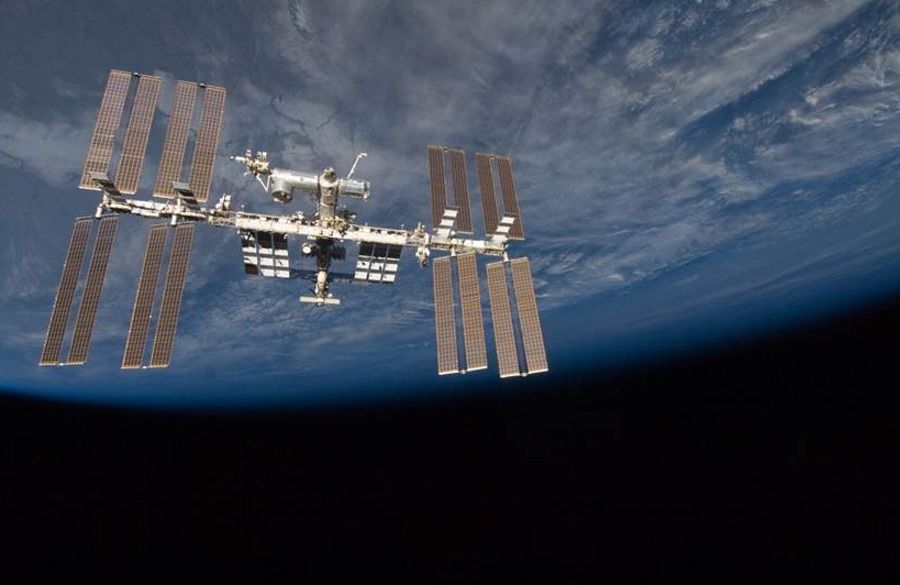20 years of the International Space Station
On November 20, 1998, the first module of the future orbital station was lifted into space. Since then, the International Space Station (ISS) has enabled research and contributed to ongoing scientific development.
International Space Station is the largest and most complex international construction project in space. Its history began 20 years ago on the steppes of Kazakhstan. It was from the cosmodrome there atop a Proton rocket that the first component of the future station – the Russian Zarya module – was launched.
Zarya served as a temporary control module for the nascent ISS. The launch of the first element has started mankind’s amazing space adventure. But initiallyóin an orbital, permanently inhabited space station should be considered much earlier.
In 1984, President Ronald Reagan proposed that the US create a space station orbiting wokóEarth. The United States invited Canada, Japan and the European Space Agency to join the project. Somewhat póLater, already during the presidency of Bill Clinton, Russia was invited to join the project.
Russia brought to the program not only years of spaceflight experience, but also experience in manufacturing the moduleóIn the planned station. The Mir orbital station was already orbiting in theótime in orbit around the Earth, and Russia was planning to build its successor. It turned out that former adversaries on Earth, can co-ólnie work on building a laboratory in space.
On December 4, 1998, the Zarya module was joined by the American-builtóinto the Unity Node 1 component. The crew of the shuttle Endeavour, on któhe U.S. component of the station was on board, and with the help of the shuttle’s robotic arm, connected the two components together. Designed and built by an engineeróin thousands of kilometers ofófrom each other and never joined together on Earth, the first two modules of the ISS were a perfect match.
The work in space lasted several days. This was the first step in the assembly of the ISS, whichóry lasted for a total of 13 years.
In late 2000, the ISS was ready to receive its first long-term residentsów. On October 31, 2000, the first permanent crew of the station took off from the Baikonur cosmodrome. It included Bill Shepherd, Yuri Gidzenko and Sergei Krikalev. Since then, an international crew has been continuously present on the ISS.
On the occasion of its 20th birthday, ESA prepared a special video, whichówhich can be seen below.
Currently, there is already 57 crew on the ISS. During this time, astronauts made dozens of spacewalksóin space, carried out countless repairs to the moduleów and constantly expanded their knowledge. They conducted commissioned research from many rósciences.
The station including its solar panels is the size of a football field. Since the end of 2000, the ISS has been visited by more than 230 peopleób from 18 nationalóin the world. As a laboratory, the station has organized more than 2,500 scientific studies, whichóThe ISS was designed by scientists from more than 100 countries.
The ISS is currently the only fully functioning laboratory in space that allows experiments and scientific research to be conducted in a state of weightlessness. Although its days are numbered. The United States plans to fund the station only until the end of 2024. After that, the ISS is to be handed over to private hands.
The successor to the ISS is to be a station in orbit of the Moon. The Lunar Orbital Platform, formerly called the Deep Space Gateway, is expected to be ready as early as 2023 and reach its full capacity in 2026. At least, that’s what US officials claim.
